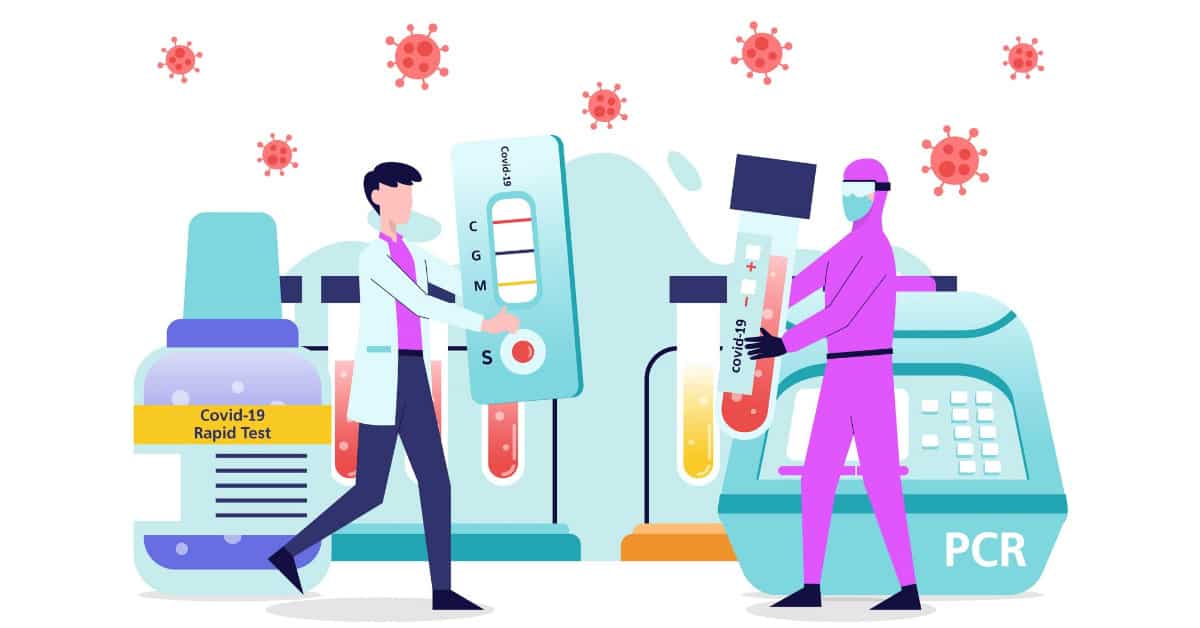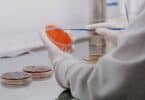COVID-19 has caught the world by a storm and has been the cause of too many hardships and tragedies. SARS-CoV-19 is the dreadful virus that causes COVID-19.
Essential Information about Covid 19 Test
First things first, there are certain essential details everyone should know about COVID-19 by now. COVID-19 has no definitive treatment and the virus is supposed to go through its course of life, with resultant temporary and permanent damages. Individuals should wear a mask all times when they are outside their homes; this stops the spread and protects themselves and others around them.
Secondly, stay six feet apart when in an area not inhabited by them, that is about two arm lengths. Thirdly, avoid crowds, indoor spaces, and poorly ventilated areas. And lastly, wash hands frequently with soap and water, use sanitizer where handwashing is unavailable, and avoid touching the face without washing hands.
COVID-19 Infection
Despite all the precautions, there is a small risk that a person may get infected. The initial symptoms are usually comparable to those seen in flu. These are fever, cough, body aches, loss of sense of smell and taste, sore throat, nausea, fatigue, and diarrhea. In case of a severe infection, breathing difficulties, chest pain, drowsiness, confusion, and bluish discoloration of lips or face.
If incidentally an individual does get infected with COVID-19 or has been in close contact with a person diagnosed with or having symptoms of COVID-19, they should get tested. There are a couple of ways to get diagnosed.
COVID-19 testing is done in two formats; the viral test and the antibody test.
The Viral Test
The viral test is also referred to as the swab test. This is the common method of testing and it tells if the person has COVID-19 infection at that particular time.
A q-tip like cotton swab is inserted into the nose or the throat to take a mucous sample from the wall at the back. The sample is then tested for the presence of the virus. A positive result means a current infection and that the person should stay in quarantine at home or hospital depending on the severity of the symptoms. A viral test cannot tell if the person previously had an infection or not.
The antibody test
The antibody test, also called the serology test, requires a blood sample to tell if the person had an infection in the past or if there is a recent infection. Two types of antibodies are identified in the blood after an infection; IgM antibodies shows recent infections and IgG antibodies for infections that happened more than 4 weeks ago.
Antibodies develop after a certain period of infection and then can be found in the blood. Antibodies against the SARS-CoV-19 virus take 1-3 weeks to appear in the blood. So, it is not recommended to check for an acute infection.
A negative report in the presence of COVID-19 symptoms may mean that the antibodies have not formed yet. The person may need a swab test to confirm the current infection or a repeat antibody test after some time.
Positive IgM antibodies would mean a recent infection, most likely within the last 2 to 3 weeks.
Positive IgG antibodies indicates a previous infection with COVID-19 that may have been present at least a month before the testing was done.
It is also possible to have positive antibodies test but not have had any symptoms of the disease. It would indicate that the person has an asymptomatic COVID-19 infection. Though they do not have the symptoms, they still can spread the virus and should be quarantined for at least 10 days after the test.
The burning question: Are the tests painful?
The antibodies test is like any regular blood test; a sample is drawn using a needle most commonly from a vein in the cubital fossa (the front side of the elbow) and that’s about it.
The swab test is comparatively a little tricky. If anyone has taken a nasal swab test for flu, they might be able to tell what it exactly feels like.
The cotton swab used in the swab test is about six inches long and flexible to arch with the structures in the nasal cavity till the back of the throat. When it reaches the back wall of the throat, it is slightly twirled to get a mucus sample. The whole process takes only a few seconds.
It sounds painful but, in reality, it is more uncomfortable or awkward, rather than painful. But then it would also be dependent on the individual’s pain tolerance level. The swab movement may provoke a gag or a sneeze or maybe just a tickle. Nevertheless, when done with proper technique and cooperation of the patient, it will not
Conclusion:
COVID-19 testing is recommended whenever there is an expected exposure to covid-19 infected persons. The swab test tells about the presence of the virus in the throat at the time of testing, indicating infection. The serology test informs of previous infection or a recent infection.
Anyone with the exposure should overcome their fear of the swab test and get tested, because unawareness of infection can result in a greater harm to the person themselves and the people around them.
See Also
Covid19 Symptoms Day by Day
How long does a cold last?
What are Antibiotics?









